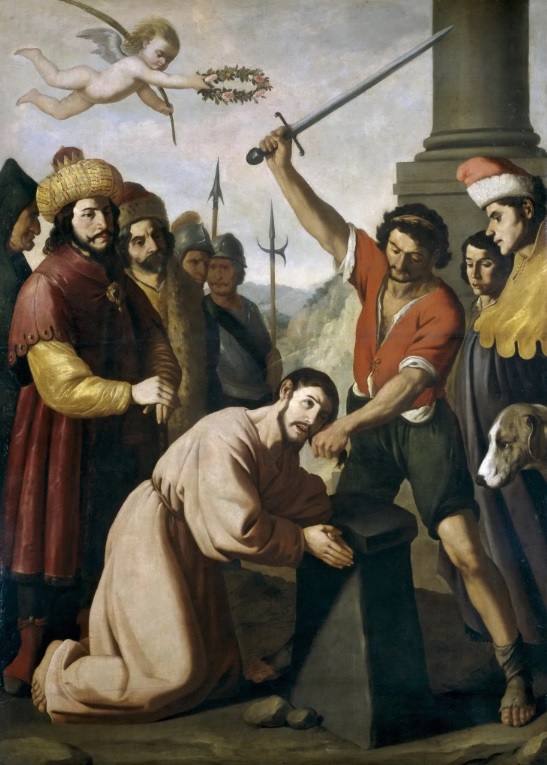Defending the Conspiracy Theory – Part 7: A Decade without Serious Threats
According to Peter Kreeft, there are only five possible theories about the alleged resurrection of Jesus. The Conspiracy Theory (hereafter: TCT) is one of those five theories. Kreeft raises seven objections against TCT.
We are currently considering Objection #1.
Kreeft lays out this objection by quoting Blaise Pascal:
..imagine these twelve men [the twelve apostles] meeting after Jesus’ death and conspiring to say that he has risen from the dead. This means attacking all the powers that be. The human heart is singularly susceptible to fickleness, to change, to promises, to bribery. One of them had only to deny his story under these inducements, or still more because of possible imprisonment, tortures and death, and they would all have been lost. … (Pensees, #801: “Proof of Jesus Christ”)
Objection #1 FAILS because it makes various historical assumptions about the twelve apostles without providing any historical evidence for those assumptions. Here is a key historical assumption:
ALL twelve of the apostles frequently faced attempts at bribery, and serious threats of imprisonment, torture, and death, specifically in order to make them recant their claim to have personally and physically seen the risen Jesus.
Not only does Kreeft FAIL to provide ANY historical evidence in support of this key assumption, but as we have seen, in post #5 and post #6, we are ignorant about the lives of most of the apostles. There simply is not enough historical knowledge about their lives for there to be any hope of showing the above key assumption to be true.
Furthermore, not only is there insufficient information to establish the truth of this assumption, but the limited information that we do have indicates that this key assumption of Objection #1 is probably FALSE.
Here are some basic facts that cast doubt on this assumption behind Objection #1:
- The NT records the martyrdom of ONLY ONE of the Twelve: James the brother of John (see Acts 12:1-2).
- James was presumably the FIRST of the Twelve to be killed (if any of the others in the Twelve were actually killed).
- The NT provides virtually NO DETAILS about the circumstances of the death of James the brother of John.
- James was NOT killed by order of the Jewish council in Jerusalem.
- James was killed in about 44 CE by the order of King Herod Agrippa I.
The Martyrdom of St James, Francisco di Zurbaran, 1639.
We don’t know what James had been preaching around the time of his death. We don’t know whether the content of his preaching is what motivated King Herod to have James executed. There is no indication that James was EVER offered a bribe to get him to recant his claim to have physically seen the risen Jesus, or to get him to stop preaching about the resurrection of Jesus. There is no indication that James was EVER threatened with death in the months and years prior to his execution, nor that he was EVER offered an opportunity to avoid death by recanting his claim to have physically seen the risen Jesus. Thus, in the ONE AND ONLY example of an execution of one of the Twelve in the NT, there is NO EVIDENCE supporting the key assumption made by Objection #1.
Furthermore, the fact that James was killed in about 44 CE, means that the twelve apostles were able to preach about Jesus and about the death and alleged resurrection of Jesus for more than a DECADE without any of them being killed. If Jesus was crucified in 33 CE, then it took about eleven years for the FIRST apostle to be killed. If Jesus was crucified in 29 CE, then it took about fifteen years for the first apostle to be killed.
So, either the Jewish leaders of Jerusalem were NOT STRONGLY MOTIVATED to kill the Twelve (or members of the Twelve who refused to recant or to stop preaching about the resurrection of Jesus), or else the Jewish leaders of Jerusalem were COMPLETELY INEPT at carrying out their intention to kill the Twelve (or those members of the Twelve who refused to recant or to stop preaching about the resurrection of Jesus). In either case, there would have been NO SERIOUS THREAT of death for the Twelve, for at least a DECADE. But a decade of preaching about the death and alleged resurrection of Jesus would have been sufficient to get the ball rolling, to firmly entrench belief in the resurrection of Jesus among hundreds or thousands of Christian converts.
Therefore, the ONE AND ONLY example in the NT of one of the Twelve being killed, namely the execution of James the brother of John, FAILS to support a key assumption behind Objection #1, and actually provides us with a good reason to reject that historical assumption as being probably FALSE, at least for the first DECADE following the crucifixion of Jesus, which is all that is needed in order for TCT to explain the origin of the early Christian belief in the death and resurrection of Jesus.
Kreeft’s Objection #1 FAILS miserably because he provides ZERO historical evidence to support a key historical assumption of that objection, and because examination of the ONE relevant example in the NT of one of the Twelve apostles being killed actually casts serious doubt on that key historical assumption.

